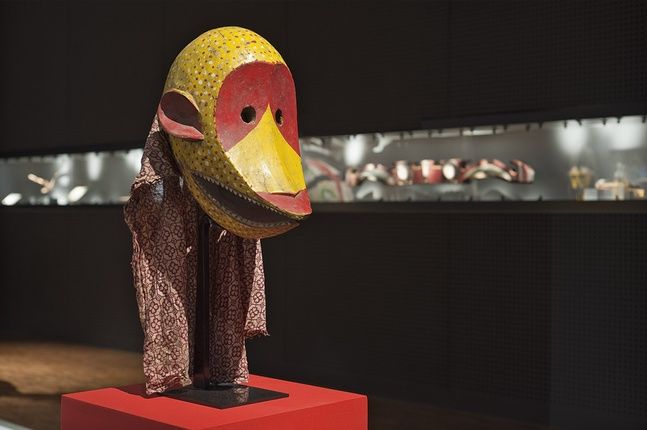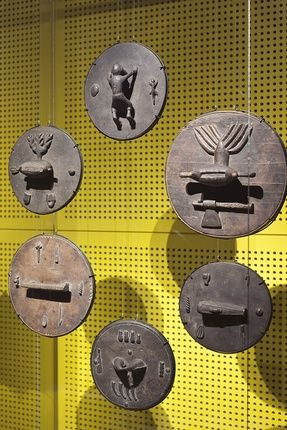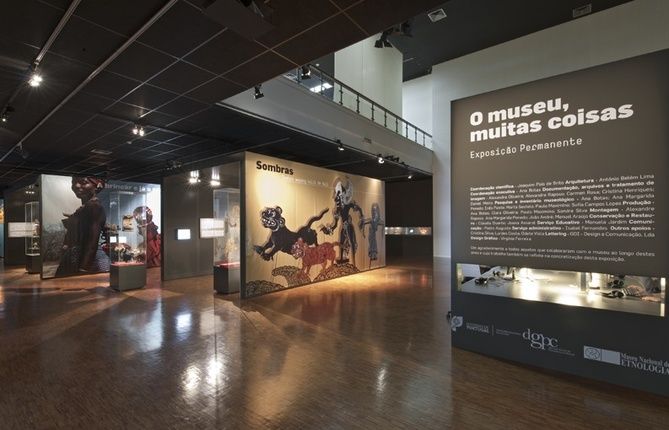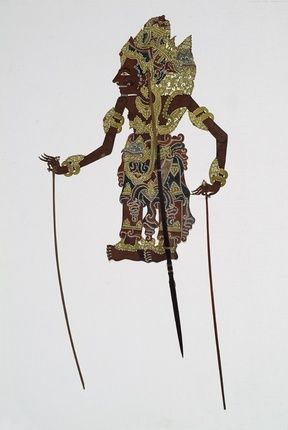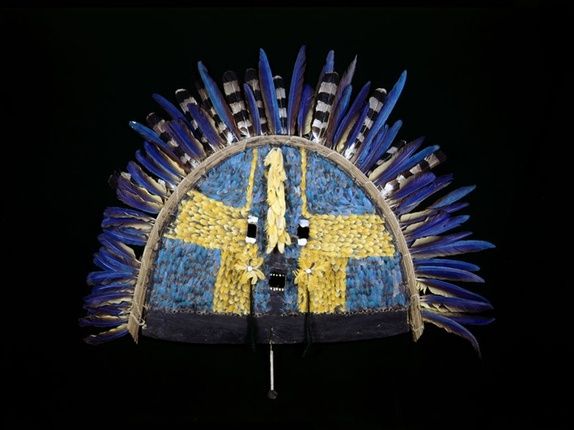The National Museum of Ethnology is inseparable from the history of Portuguese anthropology. It projects a fundamental dimension of the work of the pioneers of this particular field of knowledge in the country, such as Jorge Dias, Margot Dias, Ernesto Veiga de Oliveira, Fernando Galhano and Benjamim Pereira, among others. In 1965, the Museum was created with the ambitious program of representing the cultures of the peoples of the globe, not limited to Portugal or to the overseas domains under its administration.
The building where the Museum currently stands was inaugurated in 1976 and was designed by architect António Saragga Seabra. In 2000, architect Eduardo Trigo de Sousa shaped the project to expand the building, creating a library/media library space, two reserve areas and the surrounding garden. The new reserves, which can now be visited – Galeries of Rural Life and Galleries of the Amazon – were inaugurated in 2000 and 2006, respectively.
From the museum's diverse collection, it is important to mention the concern that accompanied the systematic constitution of its main collections. The same goes for those that refer to the domain of material culture in the Portuguese context, which corresponds to fields of investigation translated into monographs that provide the framework of interpretation of the collected objects. Examples include studies on ploughs, coupling systems, equipment associated with agro-maritime activities, textile technology, and the most agricultural implements. Other collections were the result of campaigns conducted to represent other areas of the globe, in line with the universalist nature of the museum as was the case with the Brazilian Amazon or Indonesia representations, between the mid-1960s and the beginning of the 1970s.
There are two main ideas that affirm the museological program of the National Museum of Ethnology: the absence of a permanent exhibition, privileging temporary exhibitions to problematize, deepen knowledge and disseminate specific collections and themes to the public; and the organization of reserves to provide researchers access to them and visual perception of the entire collection.
Behind the work of the group of anthropologists who created the National Museum of Ethnology was the use of image. With them, the establishment of a documentary fund of capital importance for the knowledge of the country began, consisting of photography in all types of media, film and, after the 1990s, video recordings. In addition to these image archives, the sound archives are also a field of heritage conservation and partially accessible for consultation in the Library/Mediatheque of the Museum.
